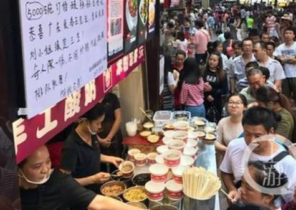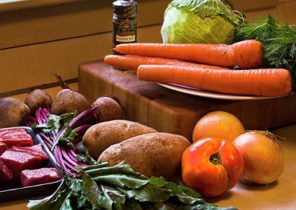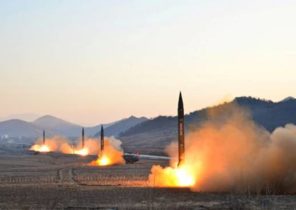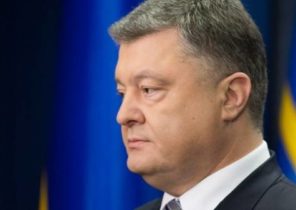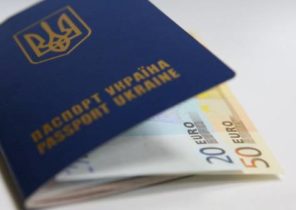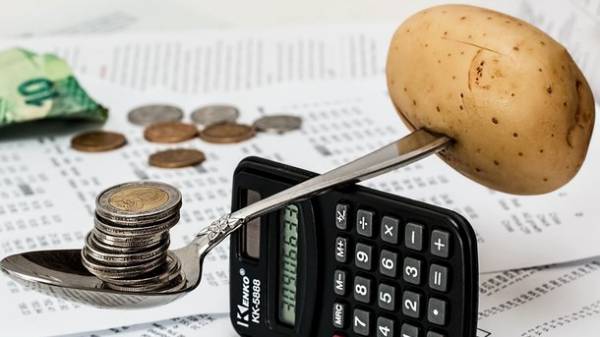
In August, the state statistics service of Ukraine has recorded a monthly deflation, i.e. the consumer price index amounted to 99.9% on a monthly measurement, and inflation, respectively, minus 0.1%.
It happened mainly due to seasonally lower prices for vegetables and clothing and footwear.
In annual terms (August-2017 August-2016), consumer price inflation was 16.2%, and from the beginning of the year, prices rose by 8.1%. The national Bank was planning that year-end inflation will be 8% plus or minus 2 percentage points, that is not out of the range of 6 – 10%.
At the same time actual inflation in annual terms exceeded the forecast of the National Bank. The reason was, primarily, the rapid growth of prices for foods from unfavorable weather conditions this spring, a significant volume of exports of meat and dairy products. Also on the indicator, according to the NBU, was influenced by wage growth.
Core inflation (i.e. excluding seasonal factors, and administratively regulated prices) at an annual rate in August came in slightly above forecast. This was influenced by two main reasons:
- higher prices for some food products due to factors on the supply side. In particular, the largest contribution to the deviation of core inflation from the forecast led to high growth of prices for food products with a high degree of processing, primarily meat and dairy.
- the increase in operating costs, including labor.
However, the strengthening of the hryvnia against the dollar and the improvement in inflation expectations in the country eased pressure on core inflation. In particular, the rate is lower than expected, prices rose on the commodities with a significant import share (household appliances, equipment for playback and processing, household chemicals, etc.).
Prices for crude food goods slowed, although the rate remained high (24.8% in annual terms). The slowdown was due to the reduction in the rate of growth of prices for vegetables (to 40.4% from 59.9% in July) due to the increase in supply.
However, the slowdown of growth of prices for fruit (up to 23.1% in annual terms) was more moderate than expected. This is due to the adverse weather conditions this spring and in August. In addition, the rate of growth of prices for raw products was affected by the further rise in price of meat and milk. This is explained by significant volumes of exports as well as reduced supply of these products against the background of reduction of livestock. Also resumed growth in the prices of eggs due to the cancellation of individual countries restrictions on the import of Ukrainian poultry products.
The annual rate of growth of prices and tariffs regulated by administrative, remained almost unchanged (27.8 per cent in annual terms), while the expected marginal slowdown. First of all, a rate higher than expected, continued to increase the price of tobacco products (41,6%), due to problems with distribution in the previous months.
SEE ALSO
- Cigarettes in Ukraine could grow by up to 90 UAH per pack
In addition, in August accelerated the growth of prices for bread and services road passenger transport in connection with rising costs, including labor. At the same time slowed down the growth of tariffs for cold water and drainage at the background of favorable base of comparison (they were so high).
Fuel prices accelerated to 10.1% in annual terms, primarily due to rapid rise in price of liquefied gas in terms of its deficit. At the same time, the overall increase in fuel prices was lower than expected as global oil prices were below the assumptions of the forecast.
In General, analyzing inflationary processes in August, the national Bank concluded that the current trend shows a further increase in risk is more significant deviations of inflation from the target range of 8% by the end of 2017.
However, the fundamental inflationary pressure will remain moderate, a General inflation to move in the second quarter of 2018, to 7% plus or minus 2 percentage points
Note that the government in relation to inflation in 2017 long tuned more pessimistic than the national Bank – the Cabinet say of 11.2% by the end of December.

